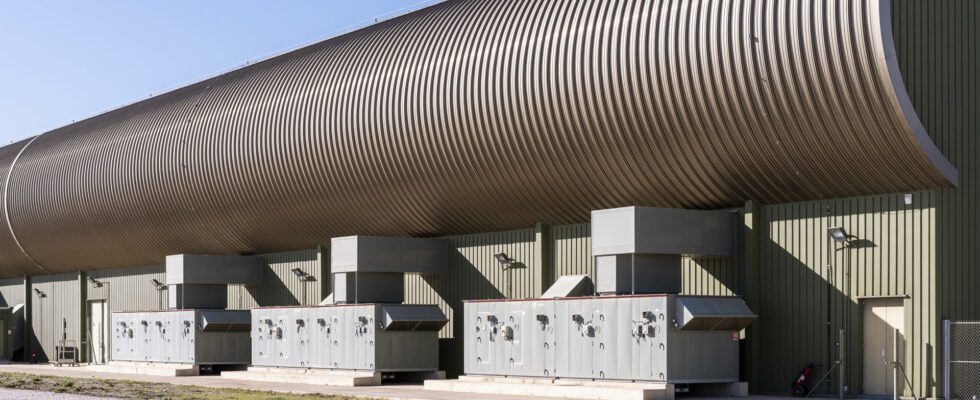The XXIe century will be electric, or will not be. Thomas Veyrenc, an engineer from CentraleSupélec and a graduate of Sciences Po, manages some of the most sensitive forecasts in France. Under his direction, in the heart of the La Défense district in Paris, 150 engineers and economists analyze considerable amounts of economic, societal, meteorological, physical, mining, hydrological, climatic and industrial data, in order to clarify the energy choices of France for the coming decades. “A simulation machine”he said with a smile.
His employer, of which he is executive director of strategy and forecasting, is a usually discreet, if not secret, company with atypical governance, dormant shareholders, long remained in the shadow of the powerful EDF, but whose strategic weight will increase. accentuate with the dramatization of energy issues and the country’s commitment to decarbonization by 2050.
Welcome to RTE, for Electricity transmission network, 9,500 employees, 106,000 kilometers of very high voltage lines, 250,000 pylons, more than 5 billion euros in turnover and the mission to anticipate the future energy, an exercise as delicate as it is strategic, whether it concerns possible power cuts in the winter of 2022-2023 or the face of France in twenty years.
“The educators of a low-carbon society”
At the end of the interview, when the caution fades a little, despite the two communication advisers mobilized, Thomas Veyrenc delivers his intimate conviction, the backbone of the next RTE study, which should once again shake up the debates between now and June: France must prepare urgently for a massive electrification plan and therefore for drastic industrial choices in a very short time.
Because the sectors – in nuclear, renewable energies and infrastructure – will have to ramp up dramatically to absorb the shock to come from the replacement of fossil fuels consumed on the territory.
This was already, in part, the subject of the work published by RTE in October 2021, under the name of “Energy Futures 2050”. That is nearly 1,000 pages of anticipation, dense, argued, of the possible scenarios for the country to reach its objective of carbon neutrality, well beyond the usual debates between competing chapels on nuclear, oil, gas or energies. renewable. This work had, very distinctly, formed the framework of the speech of the Head of State, Emmanuel Macron, on February 10, 2022, in Belfort, during his announcements on French energy policy and the relaunch of nuclear power.
You have 85.53% of this article left to read. The following is for subscribers only.
